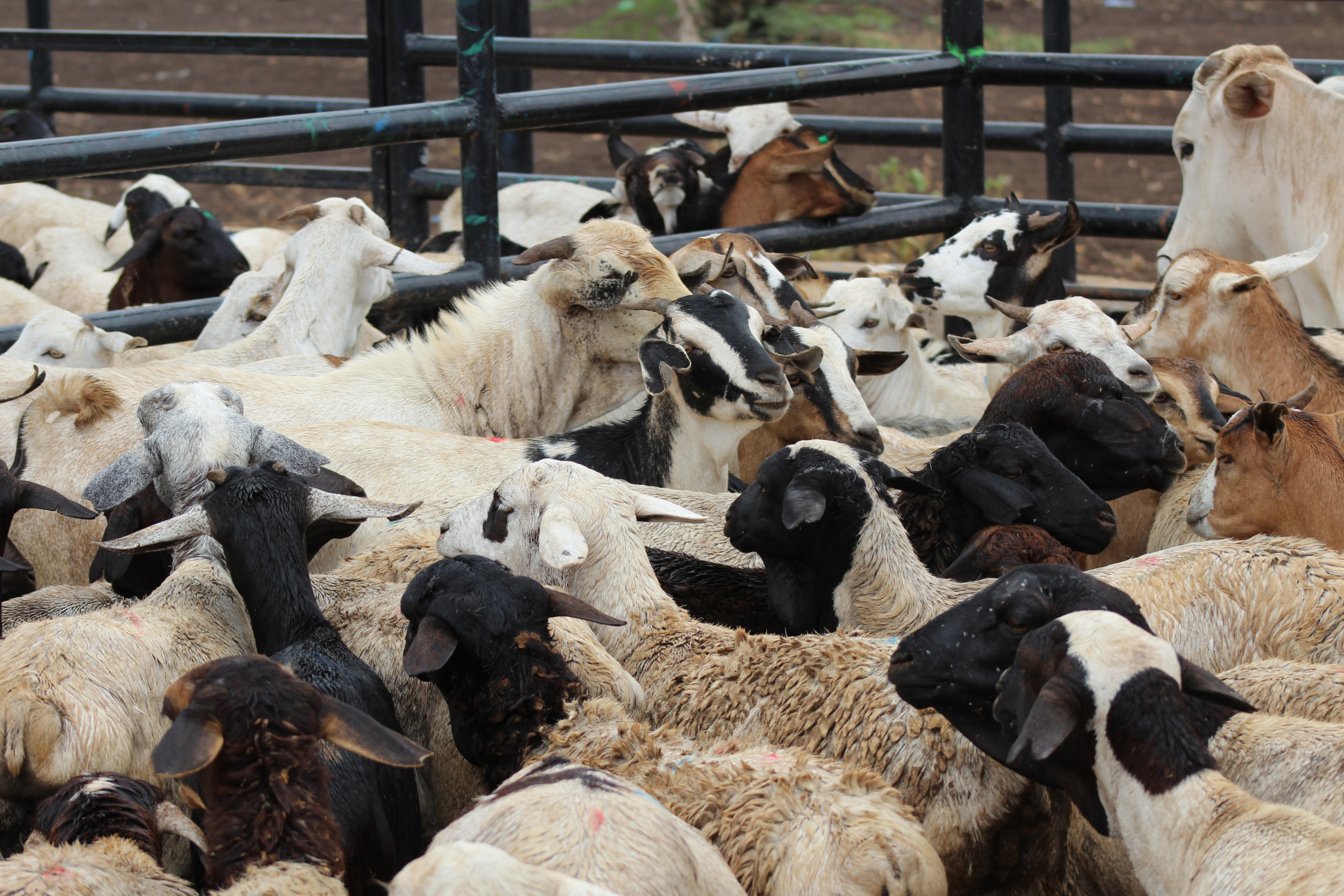Peste des petits ruminants (PPR) is a highly contagious and devastating disease affecting domestic small ruminants and wild artiodactyls. PPR is one of the most serious animal diseases in endemic regions across Africa, the Middle East, Asia and Eastern Europe, with more than 70 countries currently infected. The disease primarily affects sheep and goats, which are crucial sources of food and income for approximately 300 million rural families worldwide.
The Food and Agriculture Organization of the United Nations (FAO) and the World Organisation for Animal Health (WOAH) launched the PPR Global Eradication Programme (GEP) in 2017 as the first five-year programme to implement the PPR Global Control and Eradication Strategy (PPR-GCES), which was adopted at an international conference in 2015 with the aim to eradicate the disease globally by 2030. The second and third phases of the PPR Global Eradication Programme (PPR GEP II and III) were launched in November 2022 as the “Blueprint for PPR eradication by 2030”.
The primary objective of the PPR GEP Blueprint is the eradication of PPR by 2030, as well as reducing the impacts of other high-impact and zoonotic small ruminant diseases. It also outlines the following parallel second-level objectives: (i) Enhanced access of stakeholders to livestock and livestock product markets; (ii) Enhanced access to animal health markets, involving strengthened Public Private Community Partnerships (PPCPs) and (iii) Enhanced coordination and delivery of animal health programmes in the context of One Health.
To date, of the 16 SADC Member States, six (6) are officially recognised as PPR-free by WOAH, one (1) Member State is officially recognised as having a PPR-free zone, and three (3) Member States are without WOAH-free status but have never detected PPR. Two (2) Member States have reported sero-conversion without detection of the virus or clinical disease, and PPR is clinically reported in the remaining four (4) SADC Member States.
The third regional PPR roadmap meeting for the control and eradication of PPR in the SADC Member States took place in Gaborone, Botswana, 12 – 14 September 2022. During the meeting, specific recommendations were made based on countries’ epidemiological status. For countries already officially recognised as PPR-free by WOAH, the focus should be on developing and testing contingency plans and addressing logistical challenges related to sample shipment. Countries historically free from PPR were advised to expand their surveillance activities to the national level and to include wildlife, and to compile documented evidence for the country’s application for official recognition of PPR-free status by WOAH. Infected countries were recommended to develop disease trend maps, bolster data management and sharing, and harmonise surveillance and vaccination across borders. Key regional actions foreseen include establishing a buffer zone in southern Tanzania, southern Democratic Republic of Congo, and southern Angola, and jointly mobilising resources to implement SADC’s regional PPR control strategy.
It is against this background that the SADC Secretariat, the Sub-regional Offices of FAO & WOAH, AU-IBAR, in collaboration with the PPR GEP Secretariat, are organising the 4th PPR Regional Eradication Roadmap meeting for SADC. The meeting will assess the status of the disease in SADC Member States, review the progress made along the roadmap since the last meeting in 2022, and provide a review of the implementation of the PPR Control and Eradication Strategy. It will also chart the way forward in implementing PPR GEP activities.
